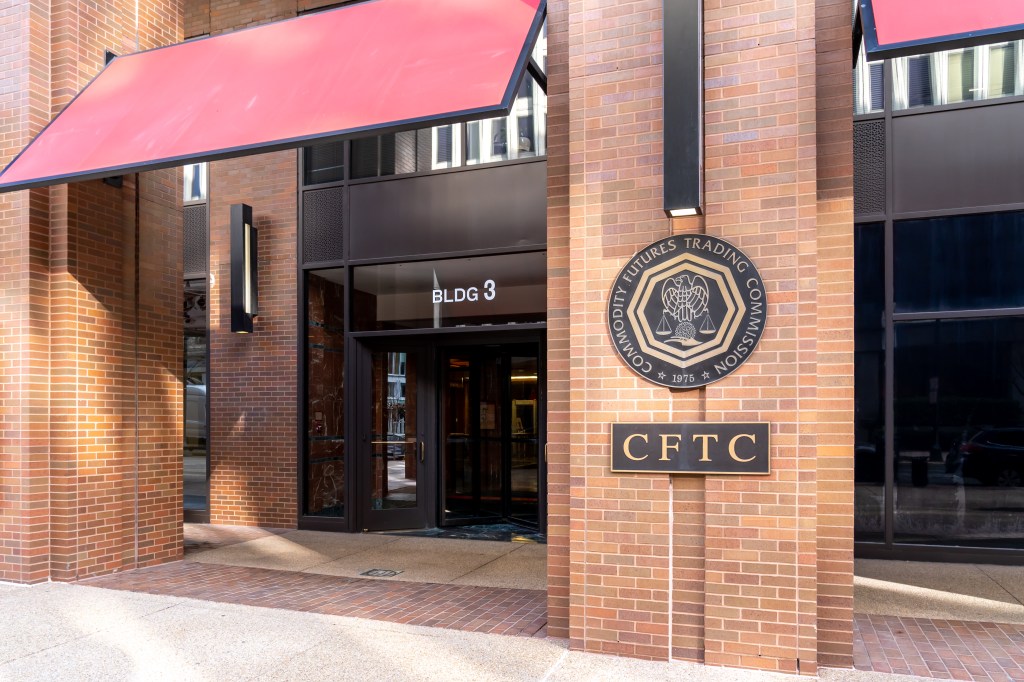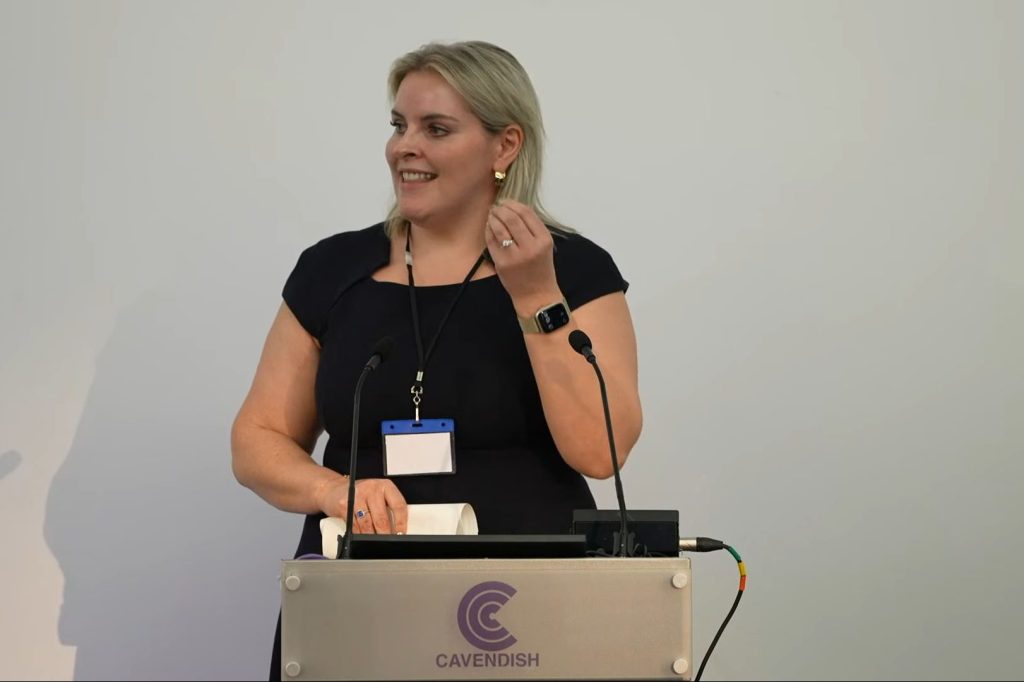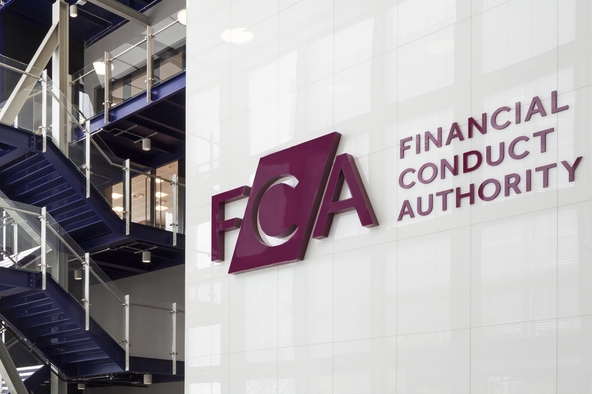Kicking off the keynote at the 10th annual City & Financial Global Culture and Conduct Summit, Caoimhe Benmaou set out how HSBC approaches the management of culture.
She said HSBC maintains that culture is everyone’s responsibility, though the banking group also has dedicated teams focusing on HR, risk culture, and cultural audits. Benmaou’s focus is on risk culture, linking it directly to risk management. The establishment of the risk culture team demonstrates the board’s commitment to this area, “culture is very much everyone’s business in HSBC,” she reiterated.
Benmaou outlined three key areas for board involvement in developing and driving strong ethical culture: actions and behaviors from the top, consequence management, and the importance of keeping the topic alive.
Actions and behaviors from the top
The board needs to move beyond “tone from the top” to “actions from the top.” Tangible actions include dedicating agenda time to culture, challenging opinions on culture’s status, supporting culture-related actions, ensuring leadership appointments align with organizational values, and consistently asking about the “culture angle” of any presented topic. Boards need to drive accountability at an individual level and be very clear on expectations – “what is acceptable and what is not?”
This translates into leading by example, tying strategy to culture (making culture the “ethical compass”), and embedding cultural considerations in key decisions. “Hitting targets is important, but so is how they are achieved,” she said.
Consequence management
The board guides reward and incentive systems in the organization. While a blame-free culture is desired, accountability must be maintained. “Fail fast, learn fast” is key so “don’t just fail and quickly move on, really challenge what happened,” said Benmaou.
Root cause analysis is crucial, going beyond “human error” to identify underlying issues such as inefficient processes or inadequate training. Remuneration committees should encourage learning from issues and understand that negative consequences (like pay adjustments) stem from failing to address cultural issues (for example not escalating poor control management) rather than the error itself.
Positive culture should also be recognized and rewarded. Incentive systems should reward both performance and behavior, avoiding incentives that solely focus on performance and can encourage inappropriate risk-taking.
Keeping the topic alive
A major challenge is reporting on culture. While metrics are important, they must be used cautiously and not in isolation. Culture is complex and not linear. A “melting pot” of metrics, surveys, anecdotal statements, and external awareness provides more insightful messages, especially over time, she said.
Trends are more important than levels. Regular updates to the board are crucial, even if there’s no immediate change. This keeps culture front and center, helps achieve strategic outcomes, and allows the board to see the “woods from the trees,” identifying cultural hotspots. Culture is often subconscious, so keeping the topic “top-of-mind” through praise for positive behaviors and addressing misaligned behaviors is essential.
Repetition is crucial, all board actions related to culture need to be constantly repeated, embedded, and tweaked as needed. Persistence is vital for strengthening culture.
She rounded off her remarks by saying that the board must remain engaged and drive the cultural agenda. Benmaou uses the analogy of smart watches tracking a run to illustrate the importance of consistent measurement, and focusing on trends rather than absolute numbers when assessing culture.
.
















